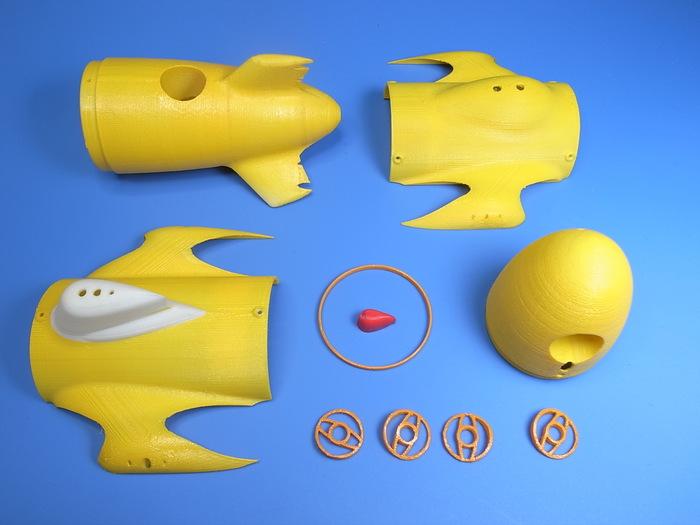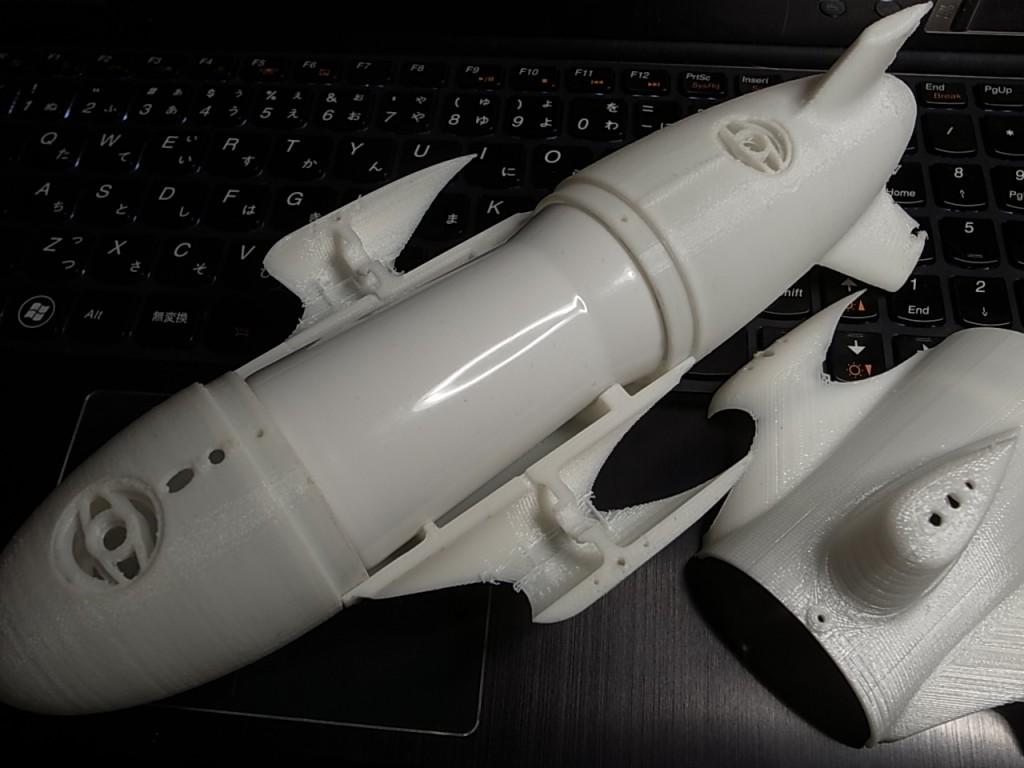Submarines are one of those incredible pieces of machinery that most of us are at least slightly fascinated with. These vehicles have been around for centuries, and are still used today for various purposes. Submarines didn’t really become popular until World War I, when they were utilized as a way of attacking ships from beneath the surface of the ocean. They were also used to protect aircraft carriers, aid in blockade running, and even perform land attacks via cruise missiles.
Today, submarines have multiple purposes, including the use by various navies around the world. Researchers use them to better study underwater marine life and shipwrecks, while they are used by rescue personnel to perform advanced search and rescue operations.
There are many people from around the world who take a strong interest in submarine history, mechanics, and design. There are hobbyists who collect models of submarines as well as old photographs. For one man though, who goes by the name Mayoneko, he wanted to take his love for these vehicles one step further, so he decided to 3D print an actual scaled down working RC submarine.
The project, which is one that Mayoneko has been working on for quite some time, took plenty of iterating upon in order to ensure that it had the ability to float, change depths, and propel itself through the water. The way that most submarines work is that they are usually built from steel with large air gaps in their bodies. In order to submerge they allow seawater to enter into these large air pockets. The more water that is let in, the further beneath the ocean’s surface the submarine submerges.
Mayoneko used some of these ideas in building his 3D printed submarine. His creation has real moving thrusters that push his submarine through the water with the ability to steer in different directions. It has a tube at the top that allows for the control of water flow, and can be used to help submerge the vessel.
The majority of the submarine is printed on an FDM 3D printer using PLA filament, although Mayoneko did use an empty soy sauce container to house much of the electronics. This was done in order to more efficiently keep these sensitive components dry when the submarine goes under water. It took approximately 12 hours to print the 19 different parts used in the submarine. The two halves of the body were 3D printed separately while the bow and stern were printed as separate pieces as well. All parts were printed with a layer height of 0.2mm.
Using several electric motors to propel the submarine as well as help it change its level within the water, it was important to ensure that everything was waterproofed the best it could be.
Once complete — although Mayoneko is still working to perfect his creation — the 3D printed submarine measures 25cm in length and 5cm in diameter. It uses various methods for keeping the water away from the electrical components, and styrofoam to increase its buoyancy. The styrofoam also went a long way in helping keep the vessel from tipping and turning, as Mayoneko was able to add the material to various locations within the hull to balance it better. This 3D printed submarine can now begin exploring the depths of the sea (or perhaps just the bathtub for the time being).
What do you think about this incredible design? Discuss in the 3D Printed RC Submarine forum thread on 3DPB.com.
Subscribe to Our Email Newsletter
Stay up-to-date on all the latest news from the 3D printing industry and receive information and offers from third party vendors.
You May Also Like
Profiling a Construction 3D Printing Pioneer: US Army Corps of Engineers’ Megan Kreiger
The world of construction 3D printing is still so new that the true experts can probably be counted on two hands. Among them is Megan Kreiger, Portfolio Manager of Additive...
US Army Corps of Engineers Taps Lincoln Electric & Eaton for Largest 3D Printed US Civil Works Part
The Soo Locks sit on the US-Canadian border, enabling maritime travel between Lake Superior and Lake Huron, from which ships can reach the rest of the Great Lakes. Crafts carrying...
Construction 3D Printing CEO Reflects on Being Female in Construction
Natalie Wadley, CEO of ChangeMaker3D, could hear the words of her daughter sitting next to her resounding in her head. “Mum, MUM, you’ve won!” Wadley had just won the prestigious...
1Print to Commercialize 3D Printed Coastal Resilience Solutions
1Print, a company that specializes in deploying additive construction (AC) for infrastructure projects, has entered an agreement with the University of Miami (UM) to accelerate commercialization of the SEAHIVE shoreline...



































